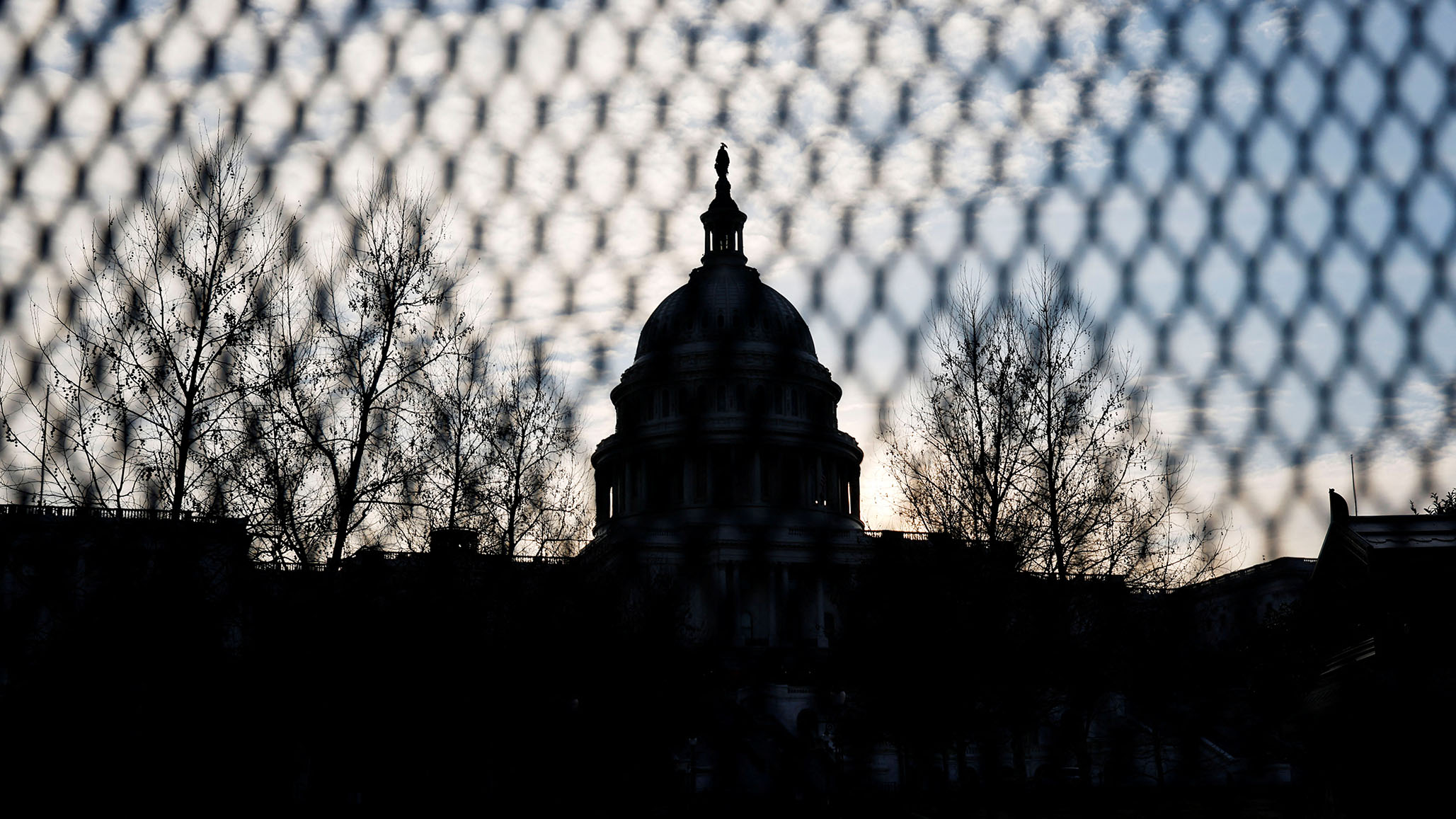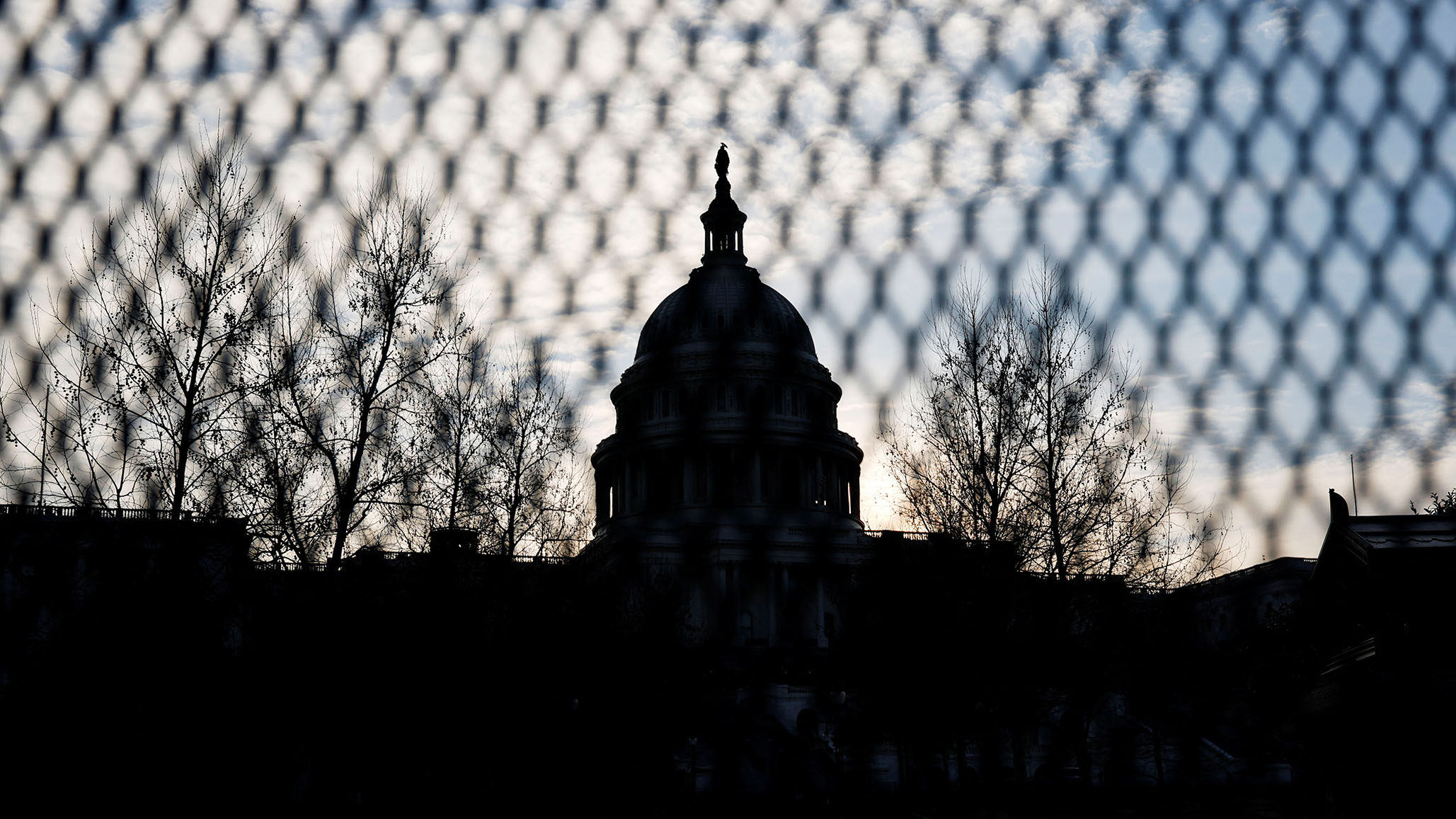
Caroline Downey reported yesterday that, to prepare for the State of the Union taking place in the Capitol, Capitol Hill Police have “have brought back the barricades they erected in the wake of the January 6 riot as federal authorities expect a trucker convoy to converge on Washington, D.C., in protest of Covid-19 restrictions.” The return of these barricades is an unwelcome reminder of the security-theater overreaction — one that, as often happens, proceeded haphazardly from a security-theater failure — which turned the entire area around the U.S. Capitol into something like a military installation from January 6 until mid March of last year.
Last February, National Review editorialized against this fencing, arguing that it was “hard to see . . . why extra security, including perimeter fencing as necessary, can’t be added for high-profile events and when threats are high without making it a permanent feature.” A few weeks later, first-time National Review contributor Eleanor Holmes Norton, the non-voting delegate who represents Washington, D.C., in the U.S. House, similarly argued for taking the fencing down, stressing that we “must not allow such closings to become a permanent, automatic response to disturbances.”
It was a victory to see the fencing not become permanent. However, it represents a defeat, of sorts, that post-January-6-style security measures are now seen as a normal precaution for any feared disturbance. Obviously some precautions are necessary for an event like the State of the Union. But we have managed in the past to get by without this level of precaution, which itself has been made “necessary” primarily for optics-based reasons proceeding from an avoidable security failure on January 6. Such measures should only even be considered again in the face of a genuine, verifiable threat — which does not seem present here — and, even at that, imposed only grudgingly, and temporarily. The priority should be to preserve, as much as possible, the historically accessible and visible nature of the seat of our representative government.
